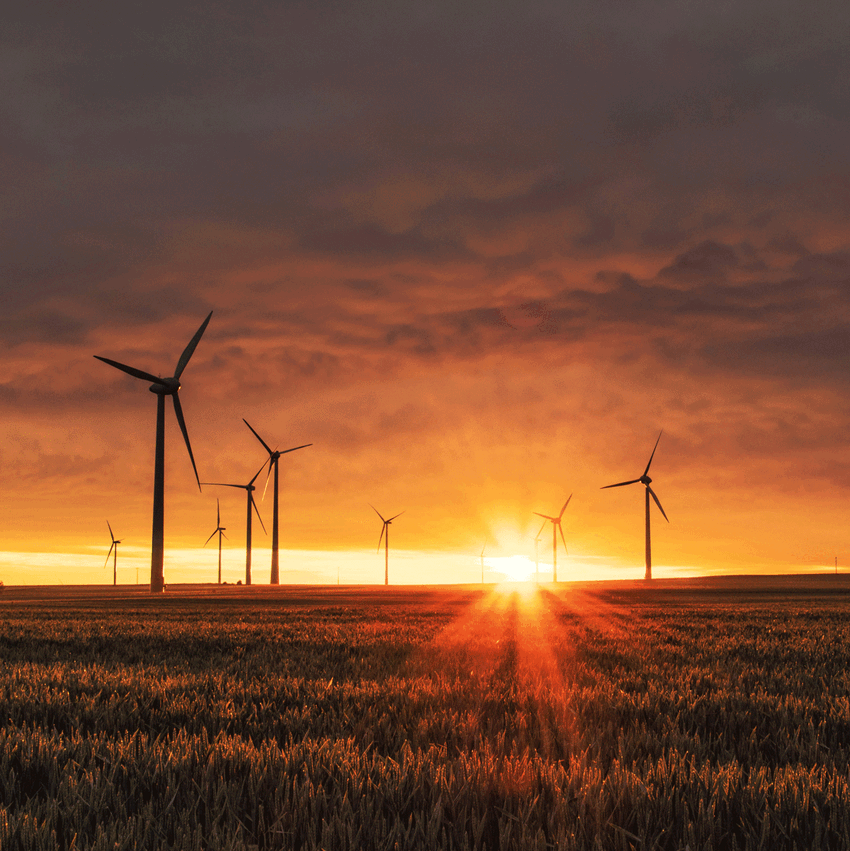Carbon measurement: “Get doing with the data you have”
As part of our net zero strategy, we’re partnering with isla, using their TRACE tool to measure the carbon impact of our trade shows, IMEX Frankfurt and IMEX America.
We spoke to Anna Abdelnoor, isla CEO & Founder, about isla’s purpose and the progress the UK events industry is making on sustainability, set out in their inaugural Temperature Check Report.
Anna, us more about isla and its purpose?
isla is first an industry body committed to supporting event teams from a wide range of organizations, to actively tackle the climate crisis. Our specialist training, tools and wider consultancy services are designed to empower all event stakeholders, not just members, to meet the challenge of event decarbonization in a way that’s both meaningful and crucially measurable.
In time, we hope to leverage the power of our growing community and partnerships to influence policymakers to deliver the far-reaching changes that are needed to make net zero in events a reality. This includes everything from smoothing the path to renewable energy infrastructure investment, for both small and large-scale venues, to enshrining actions which support decarbonization and circularity in law.

Why is it important for the global events industry to adopt carbon measurement?
The global value of the events industry in 2018 was estimated at $1.1 trillion and is expected to grow annually by 10.3% to reach $2.3 trillion by 2026. Our own data also suggests that UK events emit a staggering two tons of carbon per person on average. This means events and their impact, both from an environmental and economic perspective, should not be ignored.
Adoption of event carbon measurement, as part of a 360-sustainability strategy, is about more than just data collection. It can provide the precise insights needed to enact change for long-term positive impact on people, planet and profit.
We think you'll love
What advice would you offer event professionals once they start measuring the carbon impact of their events?
There is so much I could say here, but I think a crucial piece of advice I would give is, get going with the data you have. Post-event reports are great, but it’s important to ensure they don’t languish on a sustainability page on your website and instead act as a living, breathing call to action that your internal teams and value chain can keep returning to for inspiration and action.
What were the key outcomes of your first Temperature Check Report? And are you planning to make this annual and expand it beyond the UK?
What was really encouraging is that lots of important strides are already being taken by event professionals to upskill in areas including climate literacy and carbon awareness. But there’s still much more to be done, especially in under-reported areas such as energy and waste.
The report also revealed that significant barriers to implementing sustainability in events persist including alignment between varying stakeholders and cost and time pressures. The report helps unstick these challenges, reframing them as opportunities for organizations to remain agile and responsive to the rapidly evolving nature of the industry.
We’re planning to make it annual and we’re already working on the 2023-2024 report. By the end of 2024 we aim to have established a UK industry baseline and by the end of 2025, a global one.









